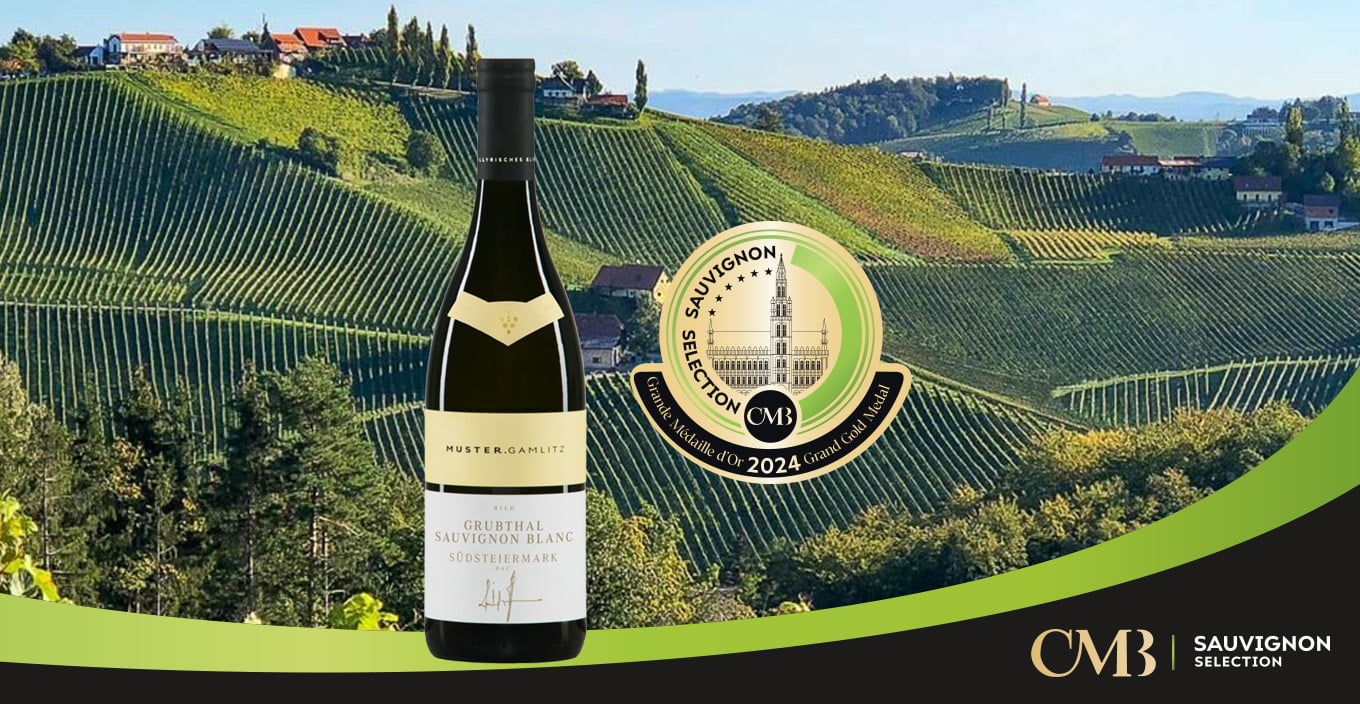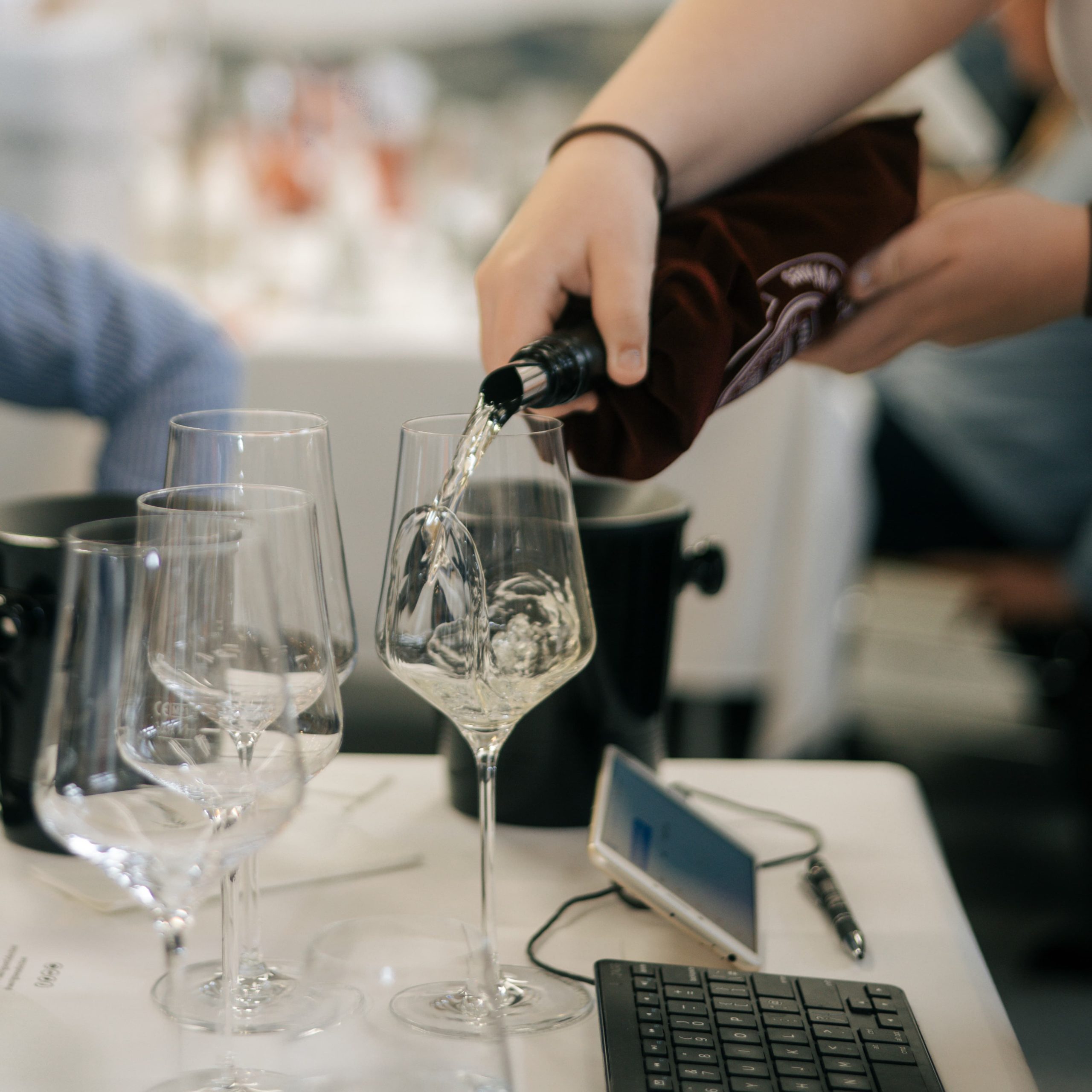Sauvignon blanc – on its own or blended, a truly versatile grape variety

Some grape varieties owe their claim to fame to single varietal offerings, whilst others have reached the pinnacle of success through blends. Only a tiny handful have achieved both, and Sauvignon blanc is one of them. It is not for me to say whether single varietals are better than blends or vice versa. In fact, it would be absurd to make this kind of assertion, such is the number of variables that factor into the equation, first and foremost of which is personal preference. This website is primarily dedicated to Sauvignon blanc as a single varietal. My aim here is to explore its propensity for blending, in order to highlight its extreme versatility and shed light on the reasons for its success.
The most common blending partner for Sauvignon blanc is Semillon. The combination most certainly originated in Bordeaux and is occasionally enhanced by the addition of a third grape variety, Muscadelle and, rarer still, minute proportions of other cultivars such as Sauvignon gris, Colombard, Ugni blanc and Merlot blanc. Such blends underscore the fact that, aside from the odd exception, single varietals are a modern ‘invention’, dating from the post-phylloxera era and the selective replanting of vineyards across Europe. One highly unusual feature of the Sauvignon-Semillon blend is that it works just as well for dry wines as for sweet or noble rot variations. The dry white versions in Bordeaux can be labelled with numerous appellations, up to a dozen or so, some extensive in area, others diminutive: Bordeaux blanc, Entre-deux-Mers, Graves, Graves de Vayres, Pessac-Leognan, Sainte-Foy Bordeaux, followed by a whole series of ‘Cotes’ wines: Blaye, Bourg, Francs and Saint Macaire. For sweet and noble rot wines, there is a further dozen or so appellations, some of which admittedly are rarely used: Bordeaux Supérieur, Bordeaux Saint Macaire, Sainte Foy Bordeaux, Graves de Vayres, Graves Supérieur, Cérons, Cadillac, Loupiac, Sainte Croix du Mont, Barsac and Sauternes. Yes, I know, the French appellation system is quite (too) complicated!
Freedom outside appellation areas
The tradition for blending Sauvignon and Semillion naturally spread outwards from Bordeaux, conquering neighbouring territory such as Bergerac then appellations such as Marmande, Duras and Buzet. In Bergerac and Duras alike, the blend is used for both dry and sweet wines, the most famous in the latter category being Monbazillac. Elsewhere in South-West France, in areas less restricted by inflexible appellation rules, Côtes de Gascogne PGI often promotes blends of Sauvignon blanc with varieties such as Colombard, Ugni blanc, Chardonnay and Manseng. The relative amount of freedom afforded by the PGI category has also allowed Sauvignon to spread its wings in other regions, including Languedoc where the extensive Pays d’Oc area allows growers to flex their creative muscle. Blends such as Viognier and Sauvignon blanc come to mind.
Even though Sauvignon blanc can be paired with varieties that are relatively dissimilar in character, it can also form the backbone of blends with one of its mutations – Sauvignon gris – particularly in the Bordeaux region. Admittedly, the proportion of Sauvignon gris in the final blend is generally low, but a number of prestigious estates nevertheless incorporate it into dry white wines to boost both body and aroma.
Myriad variations
Elsewhere in Europe, the combination of Sauvignon blanc and other varieties is fairly uncommon, although Rueda, in Spain, is one notable exception – here, the blending partner is verdejo. Greater freedom granted to growers in New World countries, though, has undoubtedly bolstered Sauvignon blanc’s role as a blending varietal, with myriad variations. Bordeaux’s coveted Semillon/Sauvignon combination has also become a classic in Western Australia, particularly in the Margaret River region where the category is described using the acronym SSB. Australia, in particular, is also home to a number of wines combining Sauvignon blanc with Chardonnay. In South Africa, I have seen blends involving Chenin, Chardonnay, Semillon and Viognier. All of these variations on a theme demonstrate that the sky’s the limit with this versatile variety.
Synergistic effects
What are growers trying to achieve, though, by pairing Sauvignon with this comprehensive array of grape varieties? In the case of the classic Semillon/Sauvignon blend, the fat of the Semillon tends to envelop the occasionally fiery temperament of Sauvignon blanc which in turn imparts aromatic character to the more neutral Semillon. For more long-lived bottlings, Semillon’s harmonious and gradual ageing process plays a part over time, bolstering the wine’s body when the aromas of youthful Sauvignon fade away. Similarly, a relatively neutral, aromatically shy variety such as Chardonnay is invigorated by a proportion of Sauvignon blanc in the blend. As for Viognier, however pleasurable its richness and fat may seem – particularly warm climate examples – the natural exuberance of Sauvignon blanc brings drive to a blend which is still uncommon, but interesting. Something tells me the story won’t stop here…


